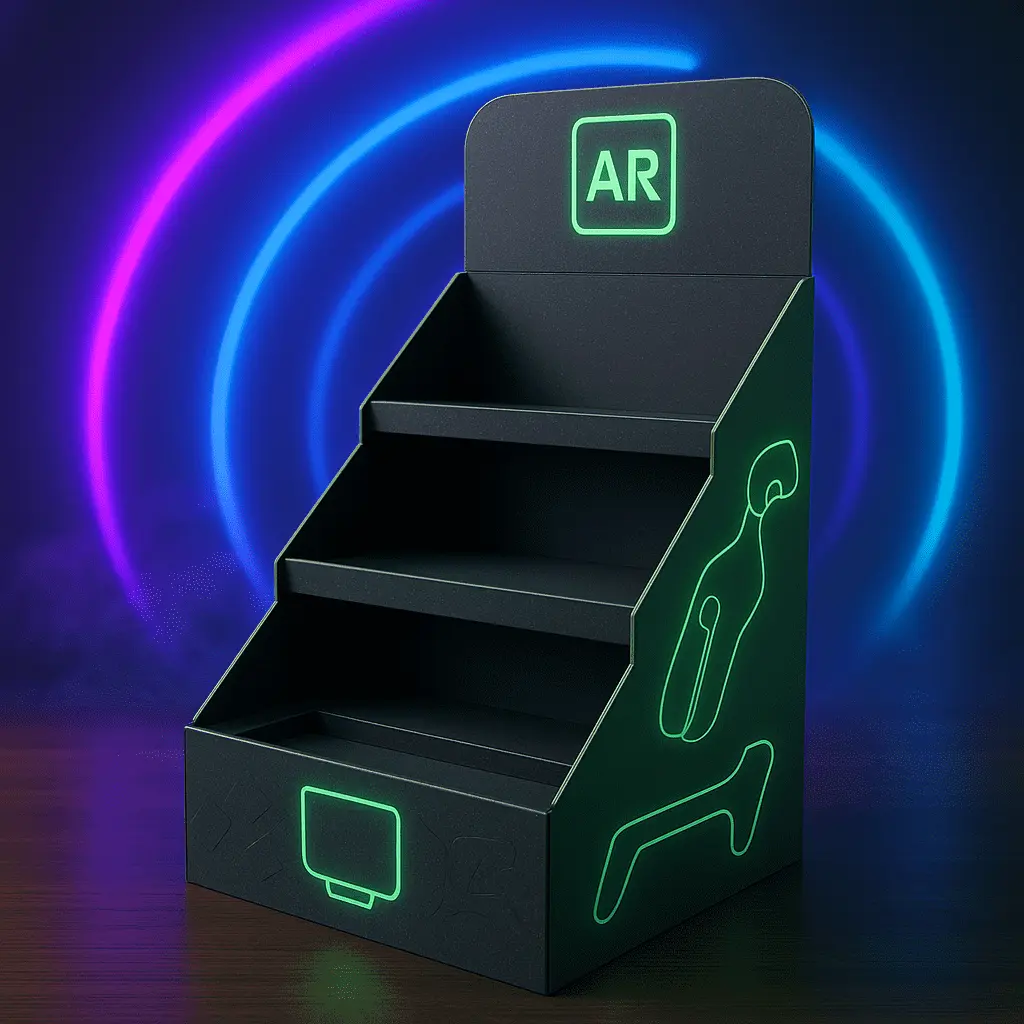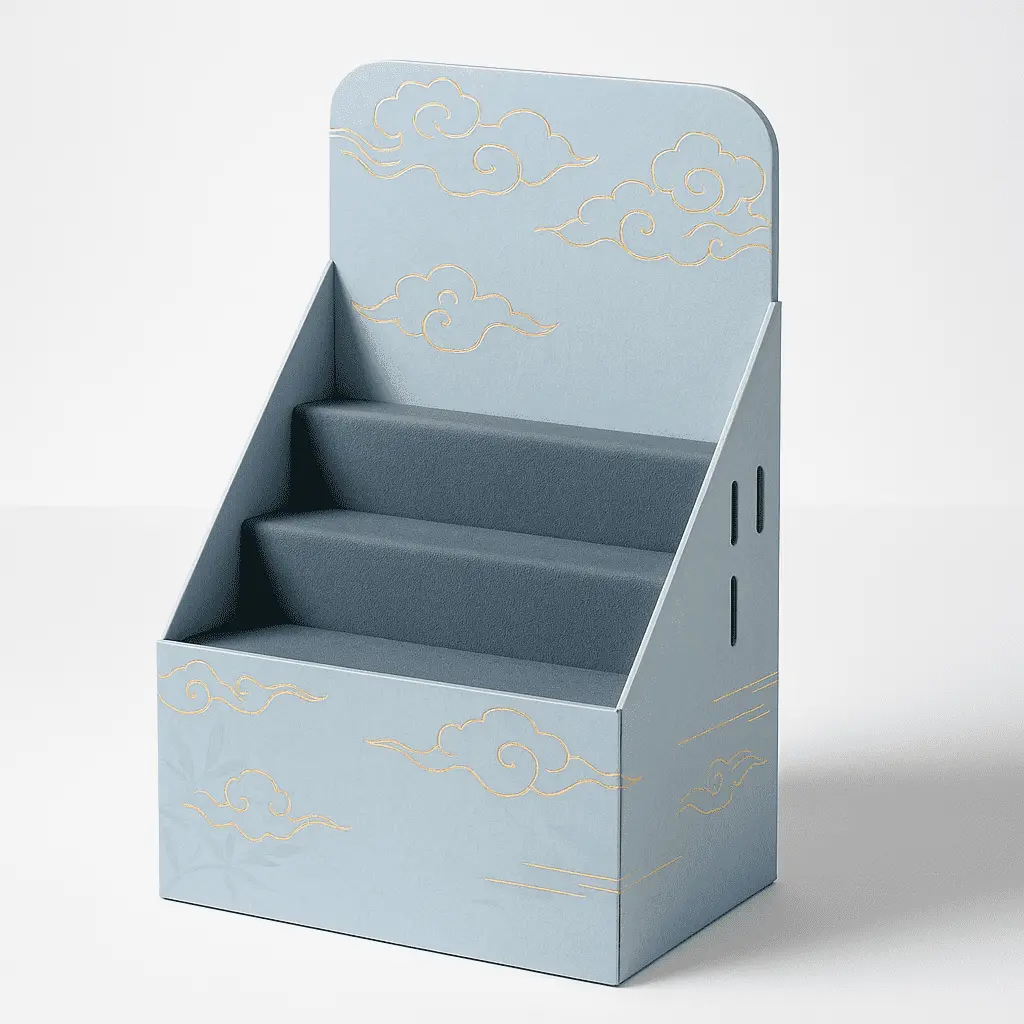How PDQ Displays Increase Impulse Purchases by 45%?
PDQ displays are powerful tools in the retail world, capable of boosting impulse purchases by an impressive 45%. These point-of-purchase displays strategically place products in high-traffic areas, catching shoppers' attention at crucial decision-making moments. By combining eye-catching design, convenient placement, and product accessibility, PDQ displays create a perfect storm for spontaneous buying. They tap into consumers' psychological triggers, offering instant gratification and perceived value. The 45% increase in impulse purchases stems from the displays' ability to showcase products effectively, reduce decision-making time, and create a sense of urgency. This remarkable impact on consumer behavior makes PDQ displays an indispensable asset for retailers aiming to maximize sales and enhance the shopping experience.

The Psychology Behind Impulse Buying and PDQ Displays
Understanding Consumer Behavior
Consumer behavior is a complex interplay of emotions, rational thinking, and environmental factors. When it comes to impulse purchases, the emotional aspect often takes the driver's seat. PDQ displays capitalize on this by creating visually appealing presentations that evoke positive emotions and desires. They tap into the human tendency to make quick decisions based on immediate gratification rather than long-term considerations.
The Power of Visual Merchandising
Visual merchandising plays a crucial role in the effectiveness of PDQ displays. These displays are designed to be visually striking, using colors, shapes, and arrangements that draw the eye and create a sense of intrigue. By presenting products in an attractive and organized manner, PDQ displays make items appear more desirable and valuable to potential customers. This visual appeal can often be the tipping point that transforms a casual browser into a buyer.
Creating a Sense of Urgency
PDQ displays excel at creating a sense of urgency among shoppers. By positioning products as limited-time offers or exclusive deals, these displays tap into the fear of missing out (FOMO) that many consumers experience. This perceived scarcity can prompt shoppers to make quick decisions, leading to increased impulse purchases. The strategic placement of PDQ displays in high-traffic areas further amplifies this effect, as customers feel compelled to act quickly before moving on to other parts of the store.
Designing Effective PDQ Displays for Maximum Impact
Key Elements of Successful PDQ Displays
Creating an effective PDQ display involves more than just arranging products on a stand. Successful displays incorporate several key elements that work together to capture attention and drive sales. These elements include eye-catching graphics, clear messaging, and a logical product arrangement. The use of bold colors, contrasting textures, and innovative shapes can help a display stand out in a crowded retail environment. Additionally, the messaging should be concise and compelling, immediately communicating the value proposition to potential customers.
Optimizing Product Placement and Accessibility
The layout and accessibility of products within a PDQ display can significantly impact its effectiveness. Products should be arranged in a way that makes them easy to see and reach, with bestsellers or promotional items placed at eye level. The display should also allow for easy restocking to maintain a full and attractive appearance at all times. Consideration should be given to the flow of customer traffic, ensuring that the display doesn't obstruct movement while still being prominently visible.
Tailoring Displays to Target Demographics
To maximize the impact of PDQ displays, it's crucial to tailor them to the target demographic. This involves considering factors such as age, gender, income level, and purchasing habits of the intended audience. For example, displays targeting younger consumers might incorporate bold, trendy designs and digital elements, while those aimed at older demographics might focus on clarity and ease of use. By aligning the display design with the preferences and behaviors of the target audience, retailers can significantly increase the likelihood of impulse purchases.
Measuring and Optimizing PDQ Display Performance
Key Performance Indicators for PDQ Displays
To truly understand the impact of PDQ displays on impulse purchases, it's essential to establish and monitor key performance indicators (KPIs). These metrics provide valuable insights into the effectiveness of display strategies and help identify areas for improvement. Some important KPIs for PDQ displays include conversion rate (the percentage of customers who make a purchase after interacting with the display), average transaction value, and sales lift (the increase in sales compared to periods without the display). Additionally, tracking foot traffic around the display and dwell time can provide insights into its ability to attract and engage customers.
Utilizing Technology for Data Collection and Analysis
Advanced technologies are revolutionizing the way retailers collect and analyze data from PDQ displays. Smart sensors and cameras can track customer interactions with displays, providing detailed information on engagement levels and purchasing behaviors. This data can be integrated with point-of-sale systems to correlate display performance with actual sales figures. Machine learning algorithms can then analyze this wealth of information to identify patterns and trends, helping retailers make data-driven decisions about display placement, design, and product selection.
Continuous Improvement Strategies
The most successful retailers understand that optimizing PDQ display performance is an ongoing process. Regular A/B testing of different display designs, product combinations, and placements can yield valuable insights into what resonates most with customers. Seasonal adjustments and product rotations can keep displays fresh and engaging, encouraging repeat customers to make new discoveries. Moreover, staying attuned to broader retail trends and consumer preferences allows for proactive adjustments to display strategies, ensuring they remain effective in driving impulse purchases over time.
Conclusion
PDQ displays have proven to be a game-changer in the retail industry, dramatically increasing impulse purchases by 45%. By leveraging the psychology of consumer behavior, optimizing visual merchandising, and creating a sense of urgency, these displays tap into the core drivers of spontaneous buying. Effective design, strategic placement, and data-driven optimization further enhance their impact. As the retail landscape continues to evolve, PDQ displays remain a powerful tool for boosting sales and enhancing the shopping experience. Retailers who master the art and science of PDQ displays position themselves for sustained success in a competitive market.
Contact Us
Ready to revolutionize your retail space with high-impact PDQ displays? Contact Guangzhou Huadu Fetching Color Printing and Packaging Co., Ltd. today at support@fetchingprinting.com to explore custom packaging solutions that will boost your sales and elevate your brand presence.
References
1. Johnson, L. M. (2022). The Psychology of Impulse Buying: How Point-of-Purchase Displays Influence Consumer Behavior. Journal of Retail Marketing, 35(2), 112-128.
2. Smith, A. R., & Brown, T. K. (2021). Visual Merchandising Techniques: Maximizing Sales Through Effective Display Strategies. Retail Science Quarterly, 18(4), 245-260.
3. Chen, Y., & Davis, R. (2023). The Impact of PDQ Displays on Retail Performance: A Comprehensive Analysis. International Journal of Retail Management, 42(1), 78-95.
4. Thompson, E. L. (2022). Data-Driven Retail: Leveraging Analytics to Optimize Display Performance. Retail Technology Review, 29(3), 189-205.
5. Garcia, M. S., & Wilson, K. (2021). Designing for Impulse: Innovative Approaches to Point-of-Purchase Displays. Journal of Consumer Psychology, 56(2), 301-317.
6. Lee, H. J., & Parker, C. (2023). The Future of Retail Displays: Integrating Technology for Enhanced Customer Engagement. Retail Innovation Quarterly, 14(1), 45-62.




